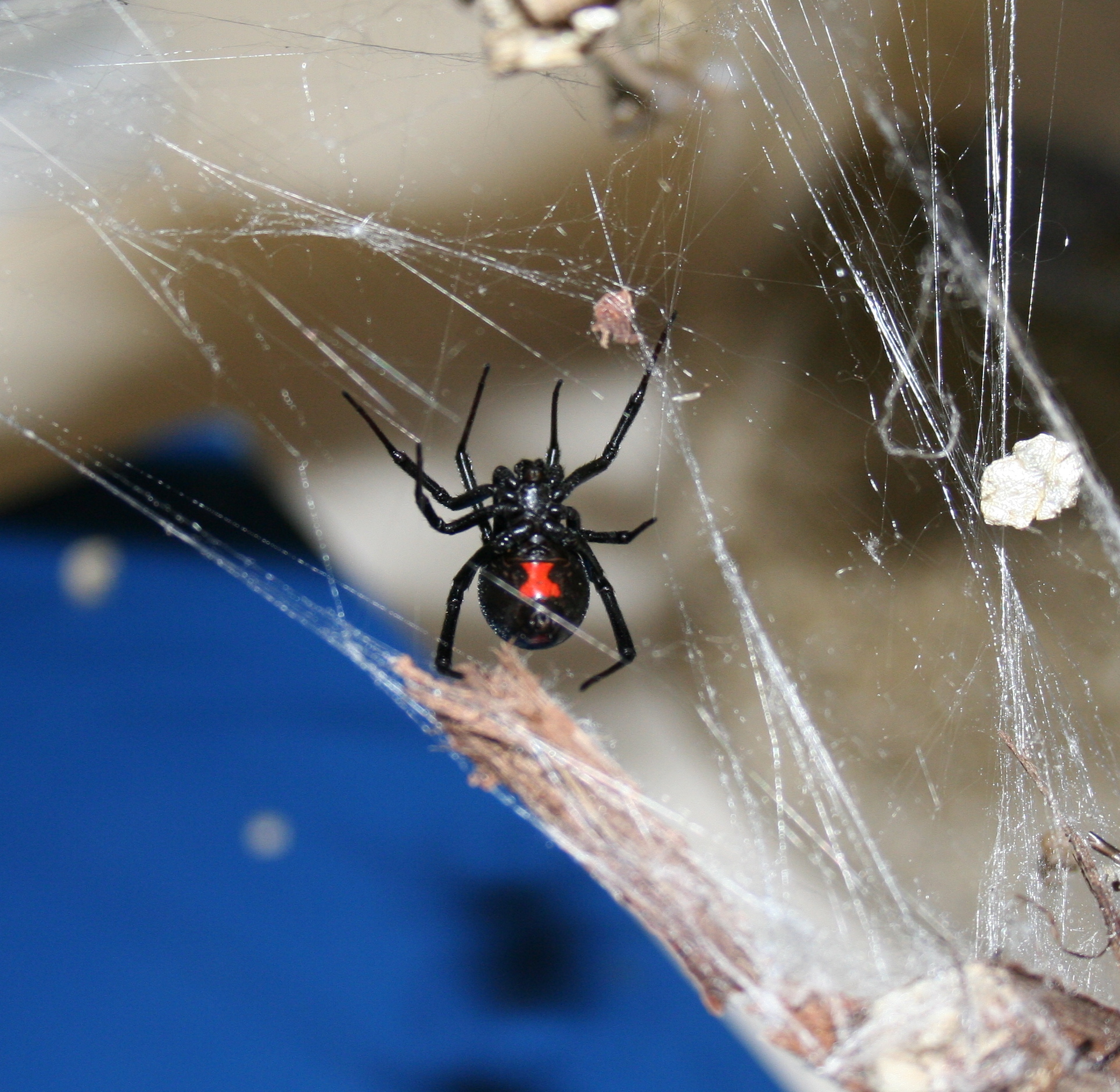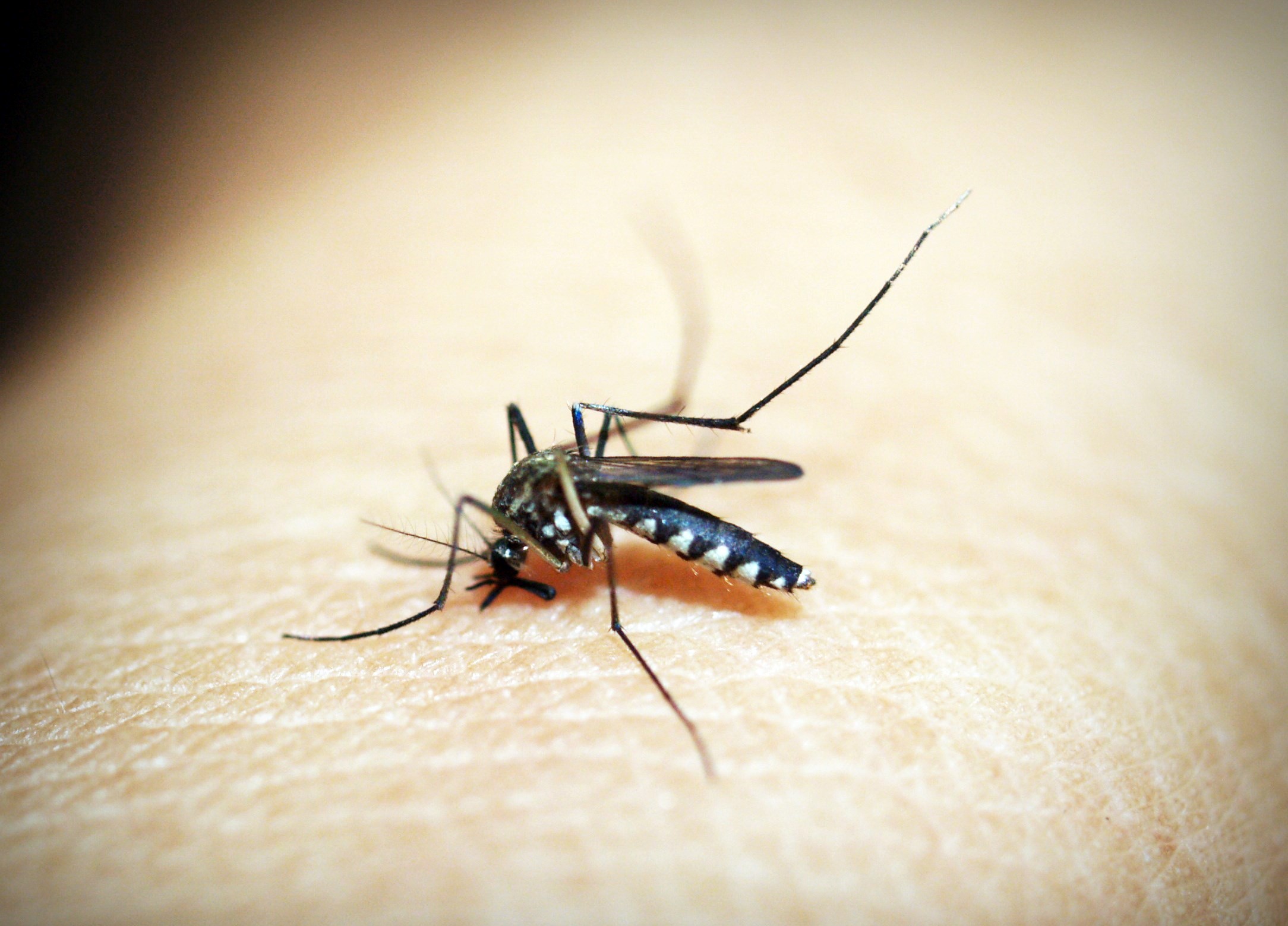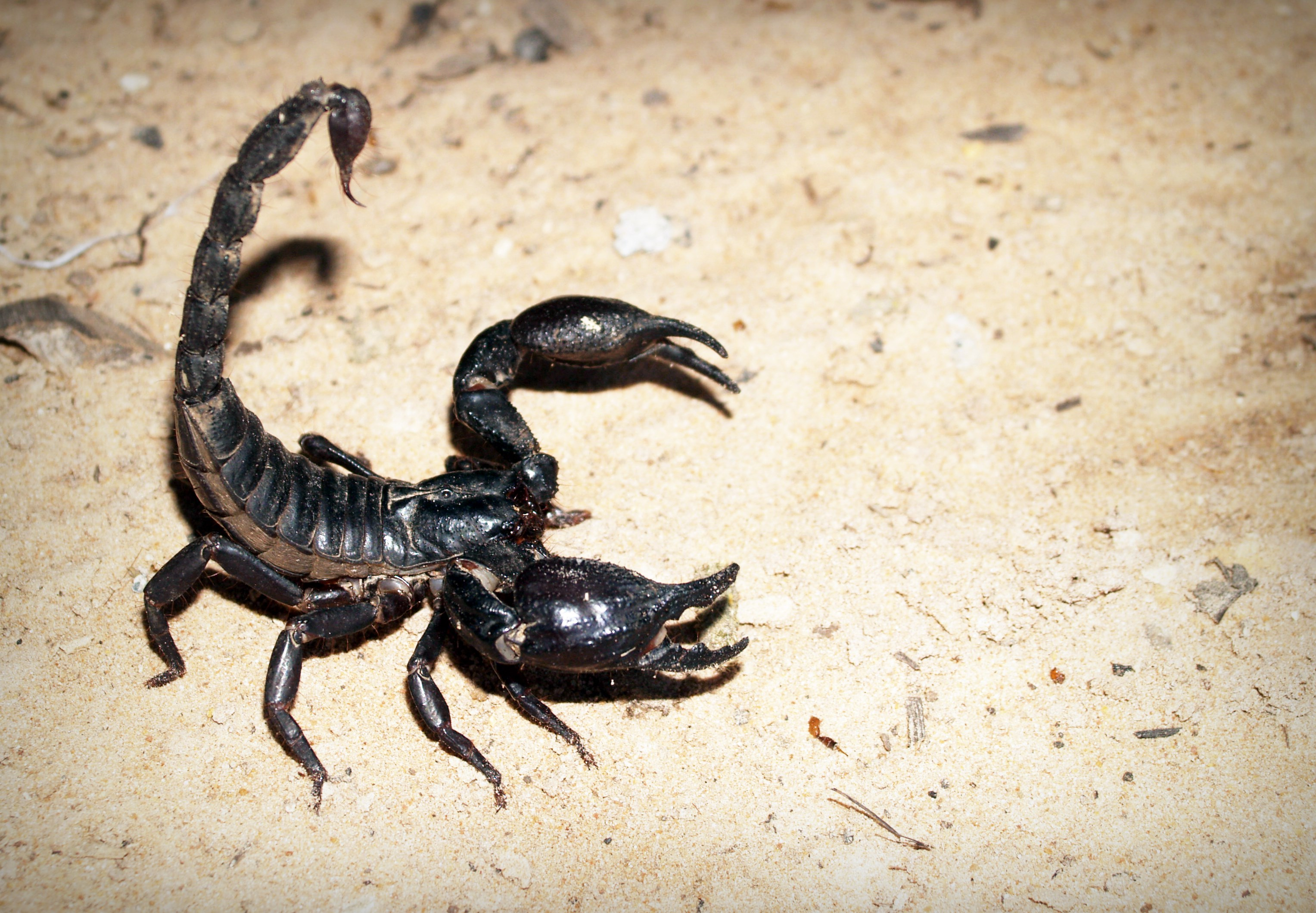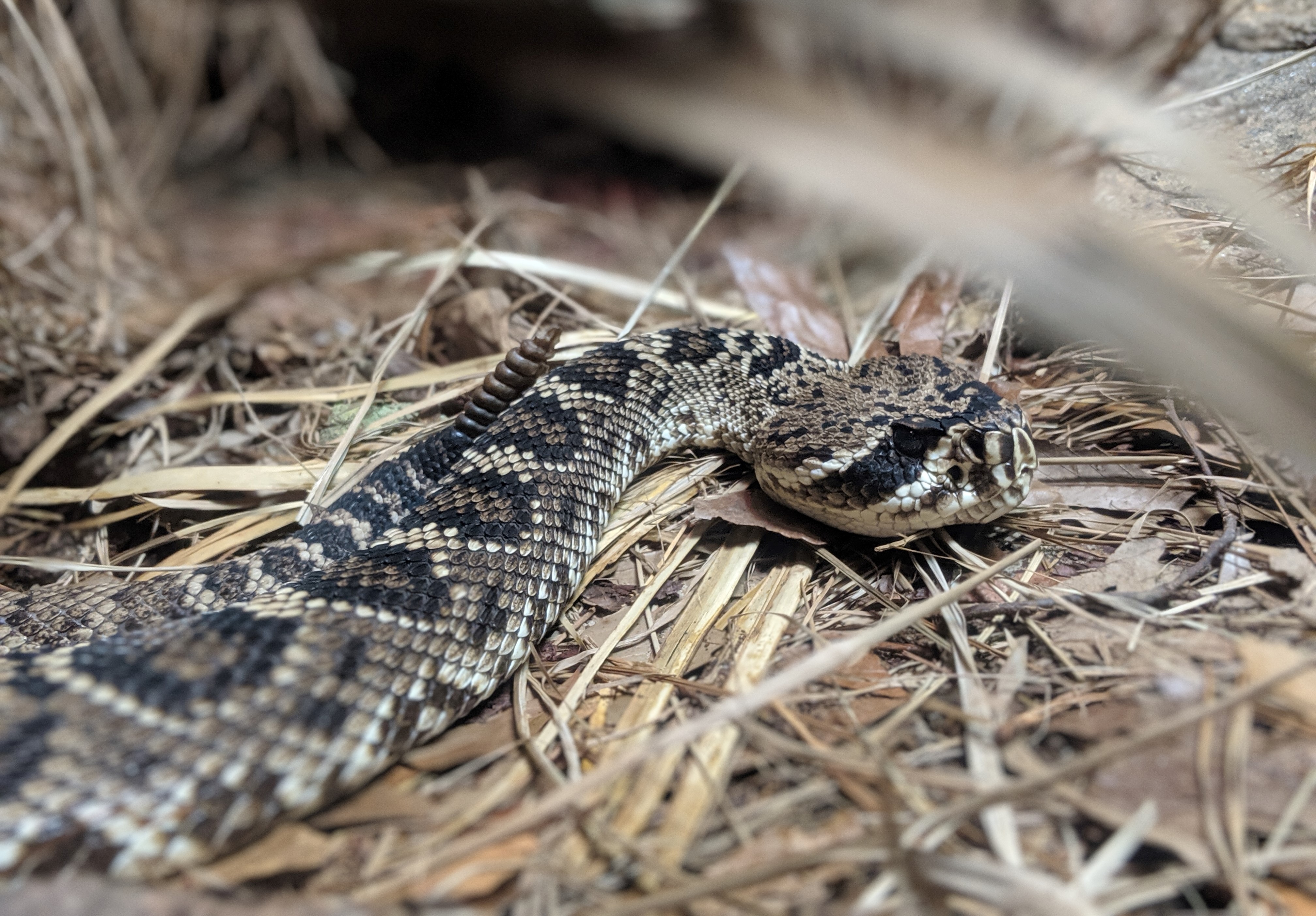Bites & Stings

Bites, stings and envenomations typically make up a small percentage of the human exposure calls to the poison center each year (less than 1%), but certain exposures can be serious, and cause severe health effects including death. Reduce the risk of poisonings from bites, stings and envenomations by learning about the types of creatures that live in your area or where you plan to visit. Where possible, take steps to prevent these exposures and keep our number handy in case you or a loved one needs it. The Oregon Poison Center is here to help 24 hours a day, 7 days a week. Call 1-800-222-1222 to speak with a poison specialist.
Prevent bites and stings:
- Wear closed-toed shoes outside.
- Avoid wearing fragrant scents.
- Treat clothing and gear with products containing 0.5% permethrin.
- Use EPA-registered insect repellants containing DEET, picaridin, IR3535, Oil of Lemon Eucalyptus (OLE), para-menthane-diol (PMD), or 2-undercanonoe, as directed by the product label.
- Walk cautiously in unknown territory. Make noise as you walk – vibration from footsteps will warn creatures of your arrival.
- Cover picnic food or properly store it when not in use.
- Seal small openings, holes and cracks outside your home to prevent entry by insects, spiders and snakes.
- Shake out items like boots, gloves and blankets before use.
- Check for bites when you return from a hike.
- After you come indoors, examine clothing, gear and pets for ticks and scorpions who may be taking a ride into the home and attach to a person later.
Creatures that bite and sting in Oregon and Guam
Arachnids
Black Widow
Black Widow spiders have a black abdomen with a red, yellow, or orange hourglass shape, and long legs. They are often found in wood piles, tree stumps, and sheds in the Western United States. Their bites leave behind tender, red wounds containing two fang marks. Widow spider envenomation may lead to symptoms that include painful muscle spasms, abdominal pain, and sweating.
Brown Recluse
Brown Recluse spiders have dark, violin-shaped markings on its back and range from dark to light brown in color. They are endemic to the Southern United States and are not present on the U.S. Pacific Coast. They are often found in dark, cool environments such as attics, closets, and underneath brush. These spider bites appear red and swollen. Over time, the venom in the bite may cause breakdown, or necrosis, of the skin.
Hobo Spider
The Hobo Spider is endemic to the Pacific Northwest and is commonly found in homes. While it has a reputation for causing necrotic skin lesions, current research suggests that the Hobo spider is not responsible for many bites and does not cause skin lesions.
Other Spiders
There are many spiders in the Pacific Northwest that are capable of biting the skin and causing a small painful red mark. Mild local symptoms, such as redness and mild swelling, and systemic symptoms, such as lightheadedness and palpitations, are common.
First Aid:
If bitten by a spider, wash the bite with soap and water and call the poison center at 1-800-222-1222. If you are safely able to safely capture the spider, store it in a hard plastic container in case identification is necessary.
Scorpions
Scorpions are typically found in dry desert areas like the Southern and Southwestern U.S. but some, including the Northwest Forest Scorpion, have been found in the foothills of the Cascades in Oregon. Scorpions are typically nocturnal creatures and seek shelter under rocks, logs, and other items lying on the ground during the day. They can also hide in clothing, luggage, and shipping containers. Scorpions have long, curved tipped tails containing venom and pincers for hands. The venomous tail stings are used to protect the scorpion from its enemies. Most scorpions found in the U.S. are less toxic than those found in other areas of the world, but may still be painful. Scorpion stings result in bright red marks on the surfaces of skin. Pain may be described as stinging, burning, tingling or numbness. Bark scorpions native to Arizona and found in other areas of the Southwestern U.S. are the most dangerous species and its sting may cause more serious health effects.
First Aid:
If stung by a scorpion, clean the wound with mild soap and water and apply a cold compress. Over-the-counter pain reliever such as ibuprofen may be taken to alleviate discomfort. Do not drink or eat if you are having difficulty breathing or swallowing. If you are experiencing difficulty breathing or swallowing, seek immediate medical attention by calling 911 or the poison center at 1-800-222-1222.
Ticks
Ticks are as small as a sesame seed and vary in shape and color. Initially, they are flat and oval until blood is consumed. These arachnids are commonly found in brush piles. When individuals go hiking or roll around in their lawns, these creatures attach to their clothing and feed. Their bites leave a dime-sized, red bump with centered black dots. If untreated, a bull’s-eye rash may occur.
First Aid:
Tick infestations are treated by removing the tick from the wound. Remove ticks with blunt, wide blade forceps or tweezers rather than directly handling them. Grasp the tick firmly and as close to the skin as possible. Pull the tick out with a steady pull and try to avoid jerking, as that may lead to the head remaining in the skin. Be sure to remove the head of the tick, including its mouth parts, and examine the area with a hand lens afterwards. Do NOT crush, puncture, burn or damage the tick as its parts or fluids may contain infective agents. In addition, do NOT apply large amounts of petroleum jelly to the tick to smother it as that may result in greater difficulty in removing it. After removal, cleanse the area with iodine, alcohol, or mild soap and water.
Ticks infected with Lyme disease may transmit to humans through a bite left embedded in the skin, typically for more than 2 days. Symptoms of Lyme disease include fever, headache, fatigue and skin rash, which may appear as a “bullseye” around the bite. Most cases of Lyme disease can be treated with antibiotics. If left untreated, Lyme disease may spread to joints, the heart and nervous system.
More information on Lyme disease from CDC
Insects
Bees and Wasps – Hymenoptera
A sting from a bee or wasp appears red and swollen. It often looks like a welt with centered white spots. The main difference between the two hymenoptera insects has to do with their stingers. Most bees will die after stinging and a wasp does not.
First Aid:
To treat a bee sting, avoid squeezing the stinger or venom sac which can release more venom into the skin. If the stinger remains in the skin, remove it by gently scraping over it with a piece of gauze. Wash the sting area with soap and water. Once cleansed, thoroughly dry the area with a towel and apply a cold pack to relieve discomfort.
To treat a wasp sting, wrap the area with a cold compress for 20 minutes every hour. Wasps are routinely exposed to tetanus—a bacterial toxin that lives in the soil—through their living environment and may infect an individual when stinging them. A tetanus booster may be needed if it has been greater than 10 years since a person’s last injection.
If a bee or wasp sting becomes infected, it may become more red and swollen several days after the bite. Most stings do not become infected, but if they do, they may require treatment with antibiotics prescribed by a doctor to prevent or stop the spread of infection.
If a person is allergic to these insects, seek medical attention immediately. If left untreated, the effects can be life threatening. Symptoms of severe allergic reaction include hives, itching, flushed skin, and difficulty breathing.
Fire Ants – Hymenoptera
Fire ants are another type of insect belong to the hymenoptera order of insects. These creatures are red, brown, and black in color, and found in dirt mounds. Their bites and stings appear red and swollen resembling blisters after 1-2 days. These stings can cause itching and pain that can last for up to 8 days. When a fire ant stings, it attaches to the skin and stings multiple times leaving a circular pattern of wounds.
First Aid:
The wounds from fire ants should be cleansed with mild soap and water to reduce risk of infection. Applying cold compresses can help alleviate discomfort. Scratching a wound from this insect should be avoided to prevent scarring. An over-the-counter antihistamine may be used to relieve itching.
If an individual is allergic to these insects, seek medical attention immediately. If left untreated, the effects can be life threatening. Symptoms of severe allergic reaction include hives, itching, flushed skin, and difficulty breathing.
Fleas – Siphonaptera
Fleas are well known for pestering furry friends, but they can also bite humans. These creatures are about 2.5 millimeters long and reddish, brown in color. They target warm areas of the body. Flea bites appear in groups of 3-4. The bite leaves behind small, red, bleeding bumps. If the wound left behind develops pus from scratching (which should be avoided), it’s important to consult a doctor.
First Aid:
Flea bites can be treated with over-the-counter hydrocortisone cream.
To prevent fleas from flourishing in living areas, vacuum daily, carefully use insecticides that are approved for inside use, and apply insecticide to pets.
Flies - Diptera
Mosquitos
Mosquitos are found throughout North America. These insects can infest stagnant water such as ponds and swamps where they lay eggs. Their peak season begins in the summer and continues through the fall. After mosquitos bite, they leave behind raised, hard bumps on the skin. These hard bumps also have a puffy red dot in the middle resembling a blister.
Mosquitos can transmit more serious diseases like Zika virus or West Nile virus (WNV).
Common Zika symptoms include fever, rash, headache, joint pain, conjunctivitis (red eyes) and muscle pain that last for several days to a week. Most people infected with Zika won’t have symptoms at all or will experience only mild symptoms. Zika infection can be risky for some people, especially couples planning to conceive and pregnant women as Zika virus can cause severe birth defects. CDC recommends women and their partners trying to become pregnant should talk with their doctor before traveling to areas with a Zika virus outbreak or other areas with risk of Zika and taking steps to plan for travel.
WNV is the leading cause of mosquito-borne disease in the continental United States. Symptoms of WNV range from mild to severe. Symptoms of severe illness include high fever, headache, neck stiffness, stupor, disorientation, coma, tremors, convulsions, muscle weakness, vision loss, numbness and paralysis.
First Aid:
Mosquito bites are usually harmless and can be treated with topical hydrocortisone cream or antihistamine cream to reduce itching.
Seek medical attention if you or a loved one experience symptoms of severe illness.
More information on Zika Virus from CDC
More information on West Nile Virus from CDC
Deer flies
Deer flies are prevalent in the Western United States. They are sun-loving insects commonly found around water bodies, with black and yellow striped wings. A deer fly bite results in an itchy, painful wound that appears red and swollen.
First Aid:
Clean the wound with soap and water and apply a cold compress to ease discomfort.
Deer flies can transmit Tularemia, a bacterial infection. Tularemia can be fatal to humans and animals. Seek medical attention if you or a loved one experience a fever, chills, diarrhea, joint pain, and/or weakness after being bitten by a deer fly.
More information on Tularemia from CDC
Lice - Phthirapetra
Lice exist in various forms. Head lice are 2.1-2.2 millimeters in length, cannot fly or jump, and attach their eggs to the shaft of the hair. Body lice are 2.3-3.6 millimeters in length, lay eggs on clothes, and move along the skin to feed. Pubic Lice, also known as crabs, are 1.1-1.8 millimeters in length and are not solely found in the pubic region. Pubic lice can also be found on eye lashes and in beards, mustaches, and chest and armpit hair.
First Aid:
Lice treatment involves screening individuals who have made close contact with initially infected persons. After screening, all infested persons should apply pediculicide, a medication that kills lice, and use nit combs to remove lice eggs from all areas. Application of pediculicide should be repeated as deemed necessary.
Wash all items used by infested persons including linens and clothing. If an inanimate object cannot be washed, then it should be sealed in a plastic bag for 2 weeks. Routine house cleaning and vacuuming of carpet, and other fabric covered items used by the infested person may help control lice.
Reptiles
Rattle Snakes
Rattle snakes are the most common venomous snakes found in Oregon. These reptiles have a molted appearance, a diamond shaped head, and are brown/tan/white in color. They are approximately 2 feet in length and are often found in tall grass, brush, beneath logs, and on warm rocks.
Brown Tree Snakes
Brown Tree Snakes are the most common snakes found in Guam. They range from 15 inches to 10 feet in length (average 3-4 feet), have rear fangs, and are brown in color. They are found amongst tree shrubs in the forest. They enjoy cool, dark locations.
First Aid:
To treat a venomous snake bite, seek medical treatment immediately by calling 9-1-1 or the poison center at 1-800-222-1222. Move the bite victim and any others nearby out of the snake’s reach, remain still and calm, remove jewelry and tight clothing to avoid suffocation when swelling occurs, position the bite at the level of the heart, and clean the wound with soap and water, if available. Do not cut into the bite site or attempt to suck venom from the area. Do not apply a tourniquet. An ice pack may be applied to the bite site but it should be removed after one hour and the bite site should never be submerged into ice or ice water. There is no reason for medical personnel to identify the species of snake, so do not trap or kill the snake. Note the time the bite occurred and be prepared to transport the bite victim to emergency care as directed by 9-1-1 dispatch or the poison center.


